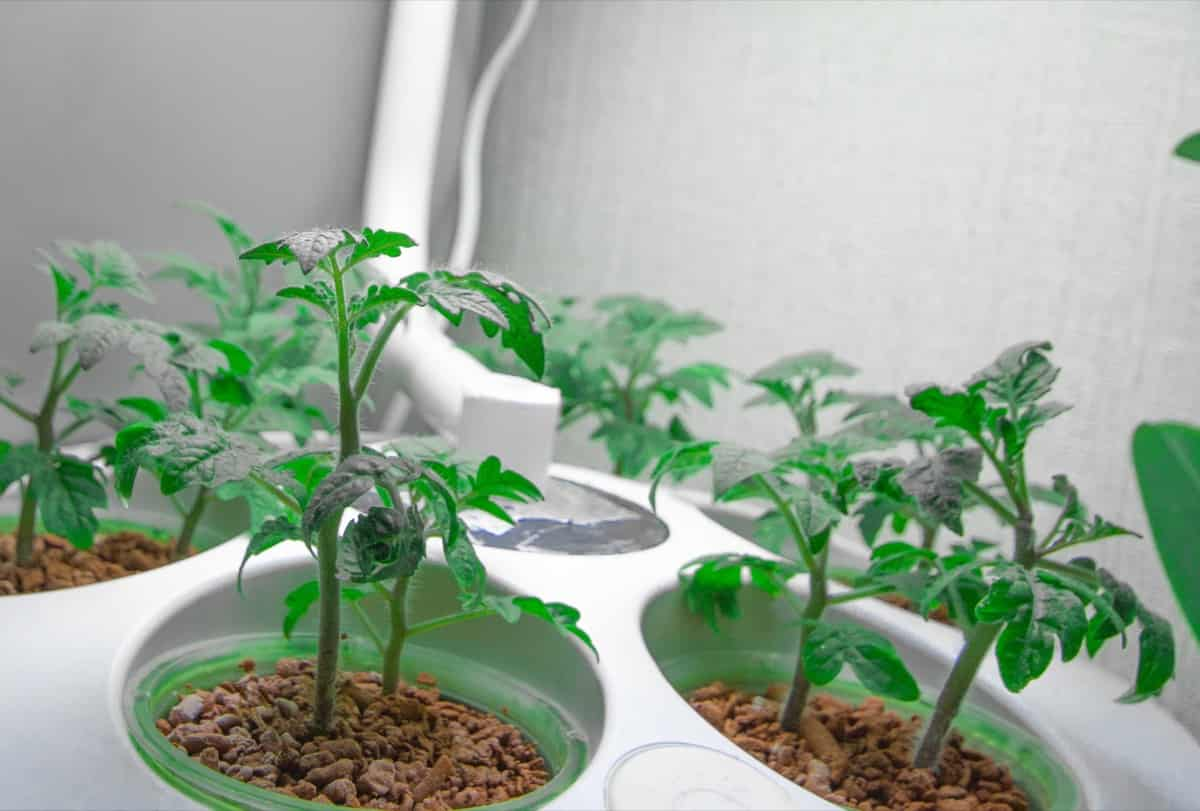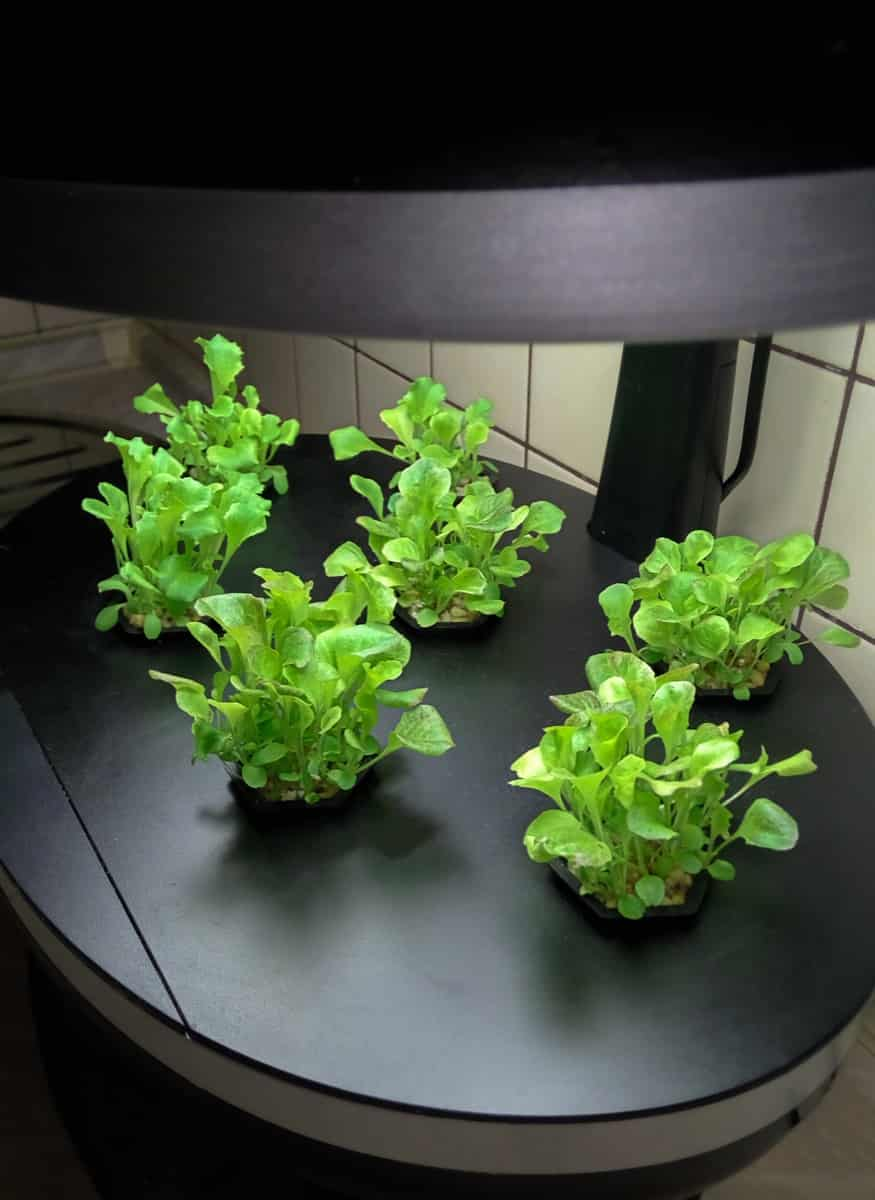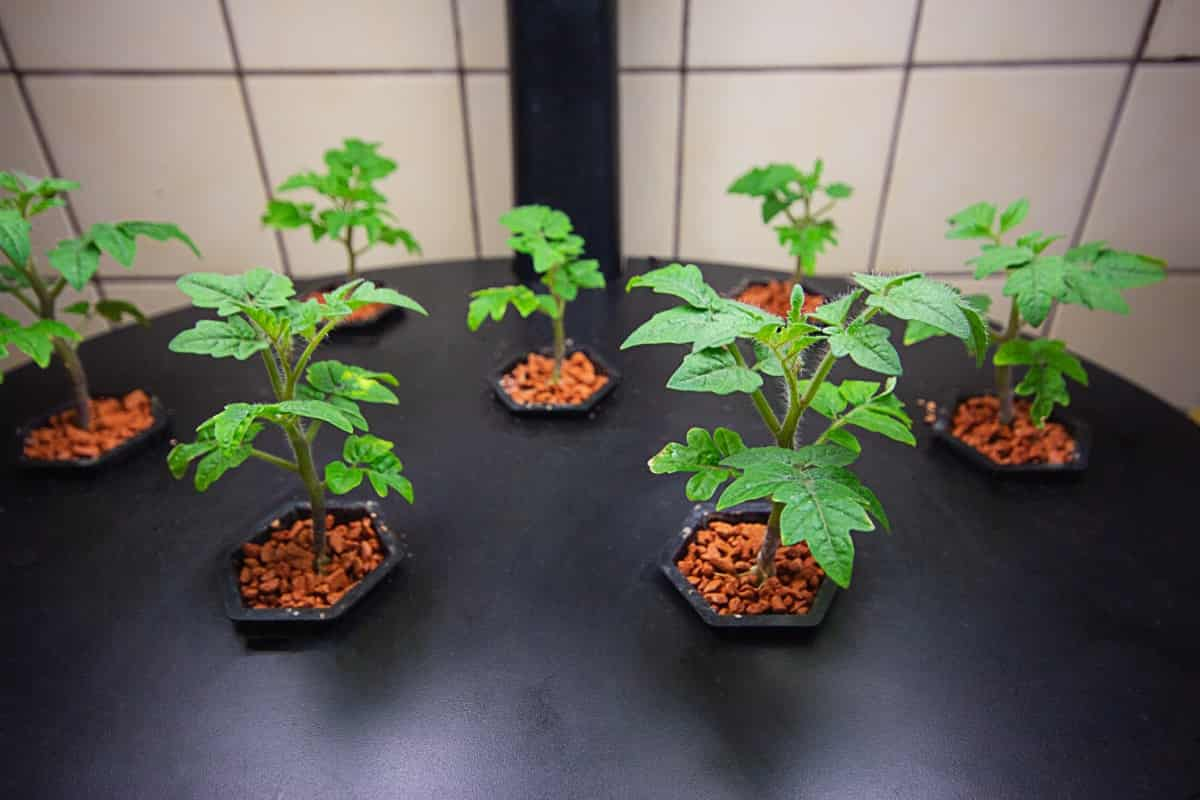Welcome to the world of aeroponics, where creativity takes the place of soil and conventional gardening wisdom is turned upside down. In this beginner’s guide, we’ll dive into the art of installing an aeroponics system, a cutting-edge method of plant production. To grow healthy plants, aeroponics uses the power of water, oxygen, and targeted nutrient delivery.

Whether you’re a space-constrained urbanite or an ambitious gardener looking for rapid development, this tutorial will take you through the necessary equipment, plant selection, and processes to start aeroponic gardening. Prepare to transform the way you think about gardening.
Guide to Set Up an Aeroponics System
What Is an Aeroponic System, and How Does It Work?
The innovative plant cultivation technique known as aeroponics is revolutionizing conventional gardening methods. Using a precisely regulated environment of water, oxygen, and fertilizer management, this cutting-edge device grows plants without needing soil. Fundamentally, an aeroponic system consists of hanging plant roots in a tower or chamber misted with nutrients. The plant’s root system receives a precise mixture of necessary materials from this mist, such as water, oxygen, and important nutrients. Aeroponics’ performance mostly depends on how well roots are exposed to oxygen. As a result, plants develop more quickly and are healthier due to increased nutrient absorption. Aeroponic gardening uses less water and resources than conventional soil-based gardening, and it works especially well in spaces with limited space.
Supplies and Equipment Needed for Aeroponics
- Aeroponic Chamber or Tower with Reservoir: The main structure that your plants will develop is the aeroponic chamber or tower with a reservoir. Select a chamber appropriate for the quantity and size of plants you wish to grow.
- Water Pump: A water pump is necessary to move the nutritional solution throughout the system. It guarantees that the solution is efficiently distributed to the plant roots via the misting nozzles.
- Net Cups or Net Pots: Plants are held in net cups or net pots, which let the roots dangle in the misting chamber and give the plants access to the nutrient-rich mist.
- Irrigation System Including Mist Nozzles: Mist Nozzles on the Irrigation System: The misting system is essential for regularly providing plant roots with nutritional solutions. Verify that it is positioned correctly inside the chamber.
- Nutrient Solution: You will require a fertilizer solution that offers the components necessary for plant growth. These solutions have several formulations, so pick the one that works best for your variety of plants.
- Grow Lights: Grow lights are an optional addition to your aeroponic system setup if installed indoors or in an area with little sunshine. They will give photosynthesis the light spectrum it needs to occur.
- Timer: By automating the misting system, a timer helps ensure your plants get the nutrition mist they need to grow—that is, they get it at precise intervals.
- pH and fertilizer Tester: Plant health must properly keep the pH level in your fertilizer solution. You can monitor and modify the solution using a pH and nutrition tester.
- Support Structures for Plants: To help your plants grow erect and prevent overcrowding, you may require support structures like trellises or stakes, depending on the type of plant.
- Seedlings or Cuttings: You will need the plants you plan to nurture, either as seedlings or cuttings. Depending on your inclination, these can be either cuttings or seedlings.
Steps and Instructions to Set Up an Aeroponics System
Step 1: Choose Your Aeroponic Chamber
- Dimensions and shapes of aeroponic chambers differ. Pick one that will fit the plants you plan to cultivate in comfort.
- Think of vertical towers, particularly when space is at a premium, such as indoor and urban gardening.
Step 2: Assemble The Irrigation System
- Attach a water pump to the base of the chamber’s nutrient reservoir.
- To evenly disperse the nutritional solution to plant roots at regular
- Intervals, install a misting system inside the chamber.
- Set a timer to regulate the frequency of misting, usually once an hour, based on your particular plant’s needs.
- Using a high-quality pH test kit, ensure the nutrition solution stays between 5.0 and 7.0 when the water reservoir is refilled.
In case you missed it: Aeroponic Vertical Farming: A Step-by-Step Guide for Beginners

Step 3: Select And Install Grow Lights (Optional)
- If the location of your aeroponics system will not receive enough natural light, you might choose to install grow lights.
- Choose full-spectrum lighting sources such as LED or fluorescent bulbs to replicate natural sunshine.
- To make sure the plants get enough light, place the lights right above them.
Step 4: Monitor and Adjust
- Check the pH of the nutrition solution in the water reservoir regularly.
- Keep an eye on the development of your plants and record their nutritional needs, temperature, and moisture content.
- To keep the ideal growing environment, make any necessary adjustments to the system.
Step 5: Testing And Balancing
- Testing your system after you have finished all the setup steps is crucial. Verify that the water reservoir is filled to the appropriate pH level.
- Follow the development of your plants to ascertain their nutrient requirements and how growth is impacted by temperature and moisture content.
- Maintaining balance requires constant adjustment to guarantee maximum growth.
Best Plants for Aeroponics
- Leafy Greens: Aeroponics cultivates leafy greens with colorful leaves and fast growth, such as lettuce, spinach, and kale.
- Herbs: Strong smells and fragrances can be found in herbs like parsley, basil, and mint, which grow well.
- Tomatoes: Aeroponics is a great option for homegrown tomatoes because it creates robust, fruit-bearing tomato plants.
- Peppers: Aeroponic systems allow for the efficient growth of peppers, regardless of their heat level, yielding a plentiful crop.
- Strawberries: Aeroponics provides the best-growing conditions for strawberries, resulting in plump, delicious berries.
Pros of Aeroponics
- Optimal Oxygen Exposure: The ideal amount of oxygen exposure for plants results in stronger root systems and robust growth.
- Low upkeep: Because of the regulated environment, it requires less upkeep than traditional gardening.
- No Soil Needed: Ideal for confined spaces or urban environments where soiling is impractical.
- Indoor and Outdoor Use: This product is versatile and Suitable for indoor and outdoor gardening.
- Faster Growth: Compared to conventional techniques, plants grown in aeroponic systems develop more quickly, resulting in faster harvests.
- Resource Efficiency: Aeroponics is environmentally benign because of its lower water and resource consumption overall.
- Compact Design: Perfect for cramped areas, such as indoors, where vertical hydroponic towers are used.
Cons of Aeroponics
- Higher Costs: Specialized equipment may be more costly than conventional gardening techniques.
- Demands for Maintenance: Routine monitoring and maintenance are necessary for optimum operation.
- Nutrient Difficulties: Identifying and promptly addressing nutrient shortages might be difficult.
- Misting System Maintenance: If the misting system is not updated, it may clog and must be cleaned regularly.
In case you missed it: How to Grow Aquaponic Lettuce: A Comprehensive Guide for Planting, Care, and Harvesting

Common Aeroponic Issues and Troubleshooting Tips
- Root Diseases and Insects: To prevent diseases and pests, maintain a clean environment, control temperature, and take into account the use of beneficial bacteria.
- Problems with pH or nutrient deficiencies: Regularly check and modify the reservoir’s pH and nutrient levels. To ensure the nutrient solution goes within what’s optimal for plant growth, consider a pH meter.
- Clogged Misting Lines: Frequently clean the misting lines and look for obstructions. To avoid obstructions, ensure the water used is pure and filtered, and flush the reservoir regularly.
Conclusion
Aeroponics system presents a novel plant cultivation method. Its regulated atmosphere, effective nutrient delivery system, and soilless nature promote resource conservation and faster growth. Even though aeroponics requires initial setup and continuous observation, its advantages—such as less water use and the capacity to grow in small spaces—make it a worthwhile option for novice and seasoned gardeners.
- Feed Your Flock for Less: Top 10 Tips to Save on Chicken Feed
- Ultimate Guide to Ossabaw Island Hog: Breeding, Raising, Diet, and Care
- Hatching Answers: The Top 10 Reasons Your Chickens Aren’t Laying Eggs
- Eggs and Economics: Breaking Down the Cost of Raising Backyard Chickens
- Defend Your Greens: Proven Methods to Keep Iguanas Out of Your Garden
- Ultimate Guide to Cinnamon Queen Chicken: A Comprehensive Guide for Beginners
- Ultimate Guide to California Tan Chicken: Breeding, Raising, Diet, Egg-Production and Care
- Ultimate Guide to Marsh Daisy Chicken: Breeding, Raising, Diet, and Care
- 10 Types of Chicken Farming Businesses You Can Start for Profits